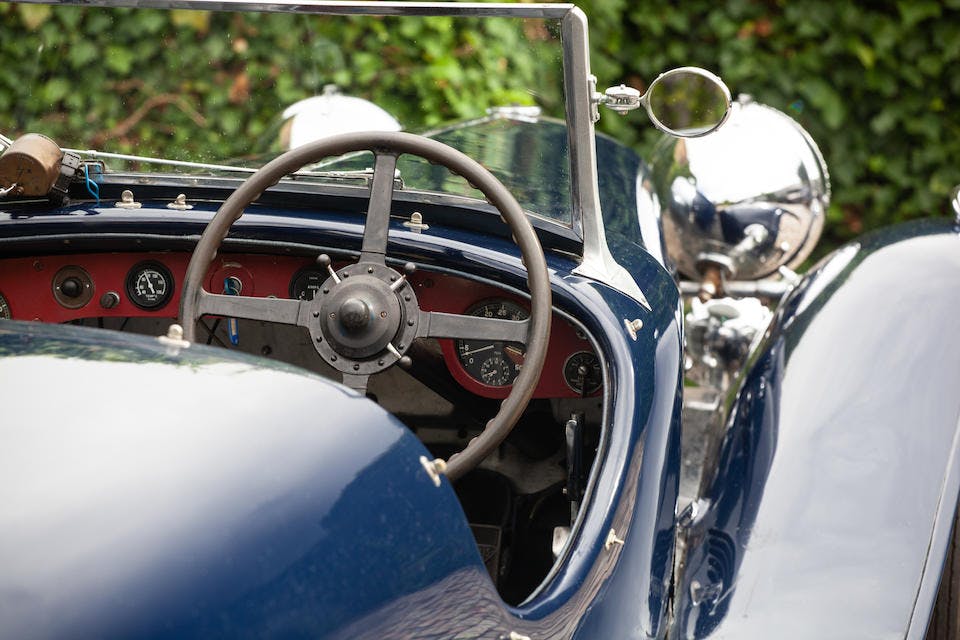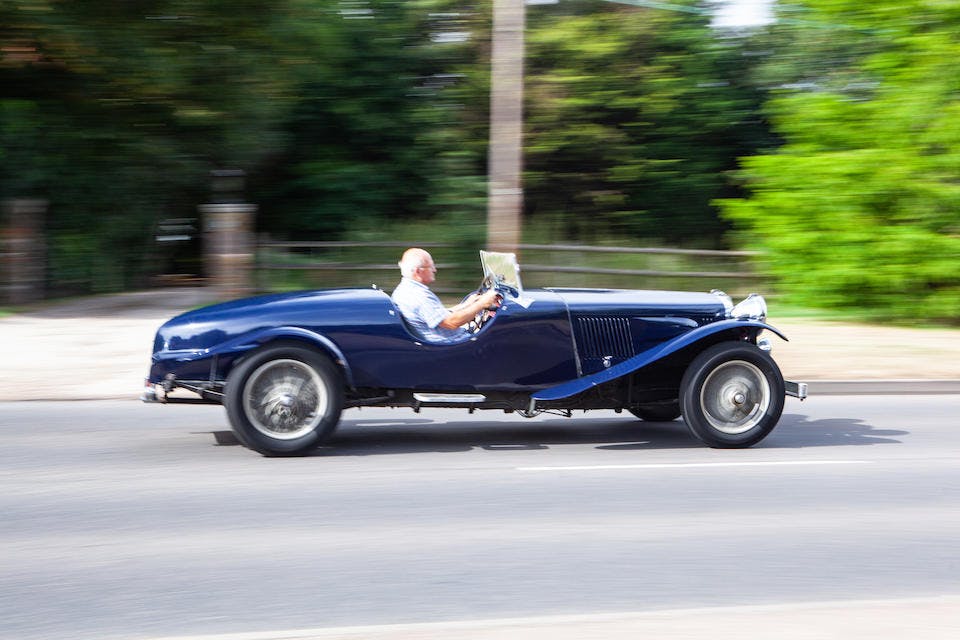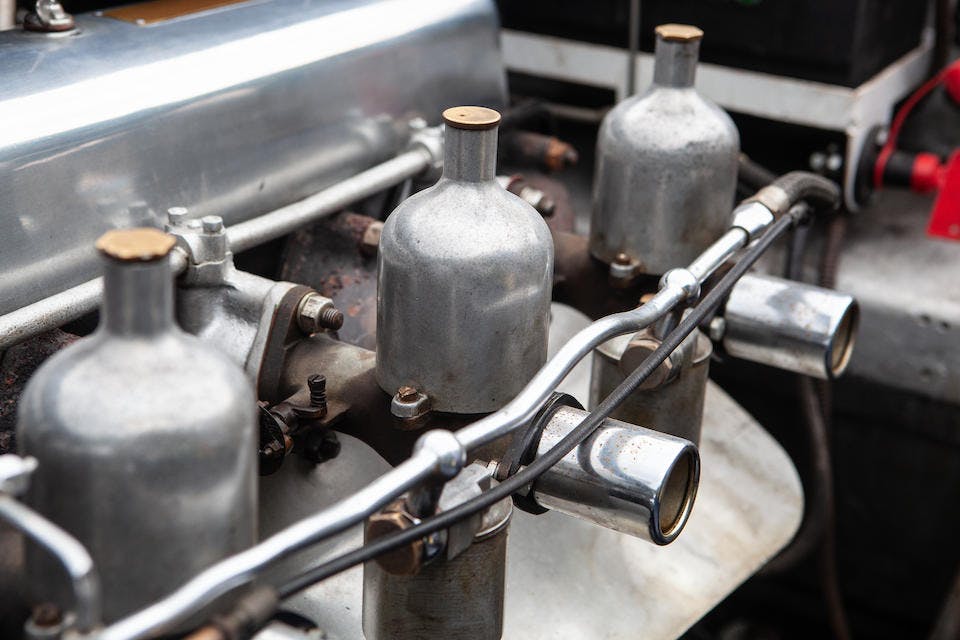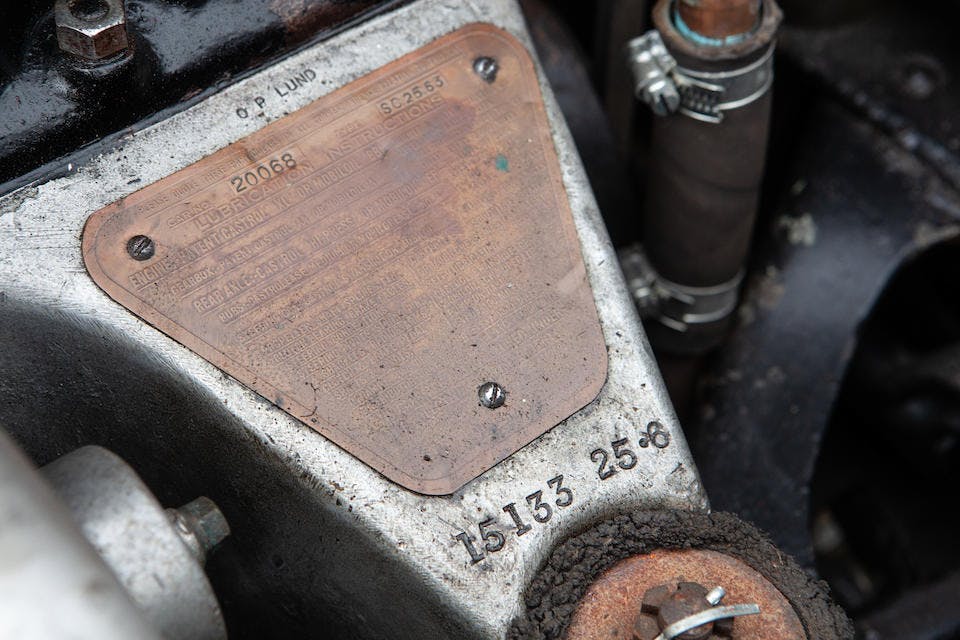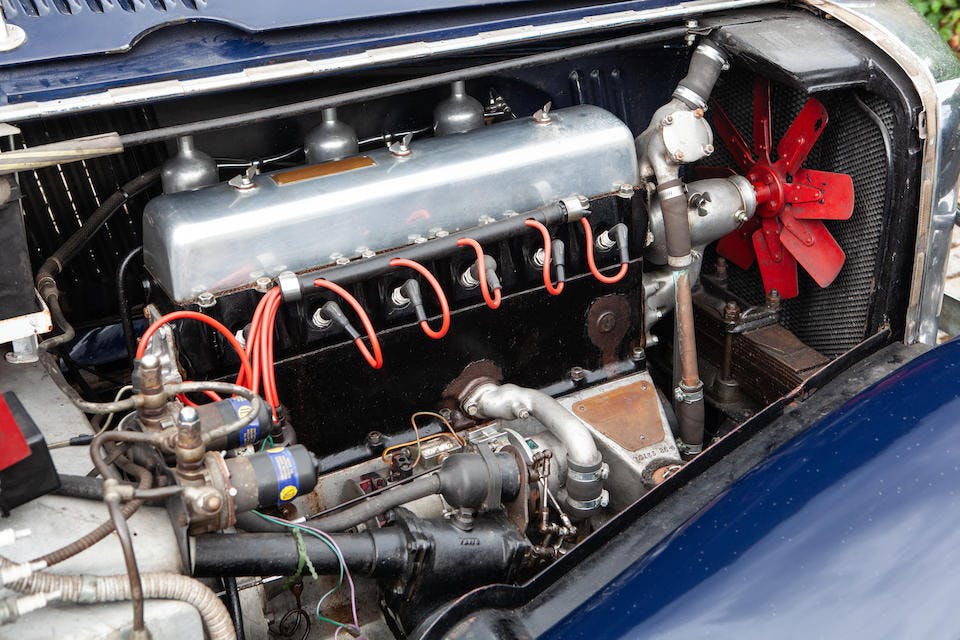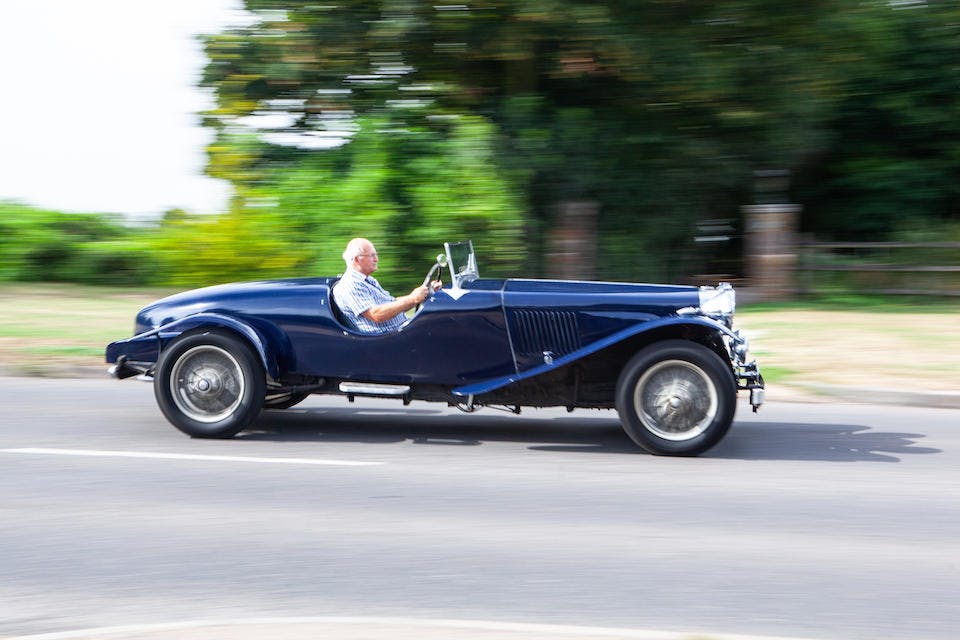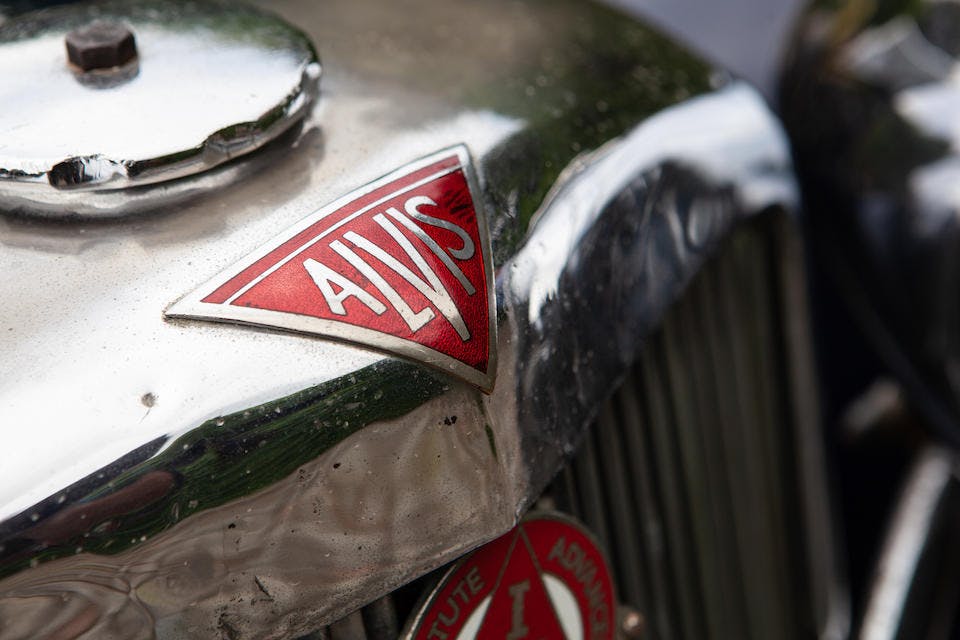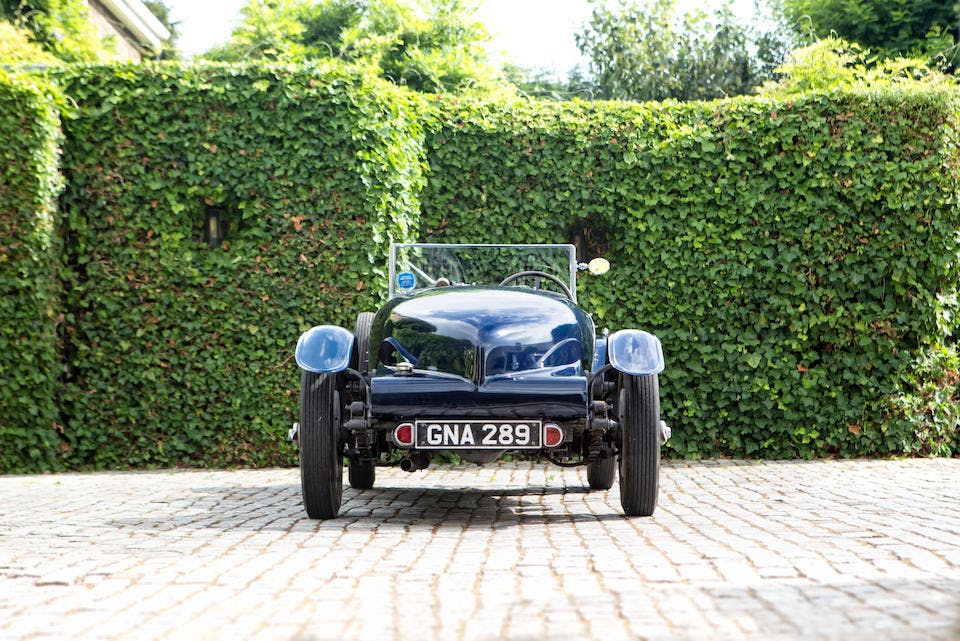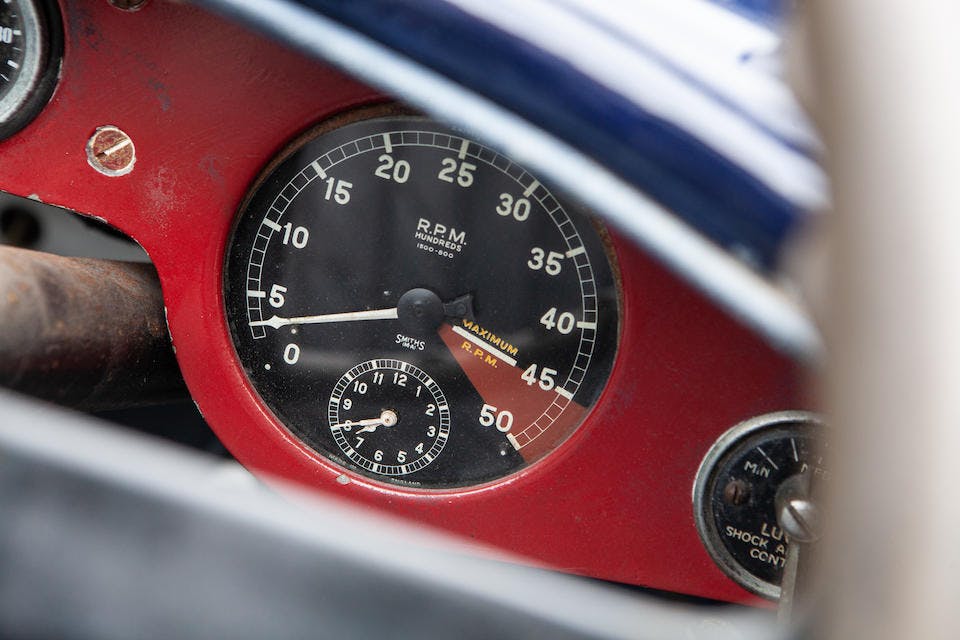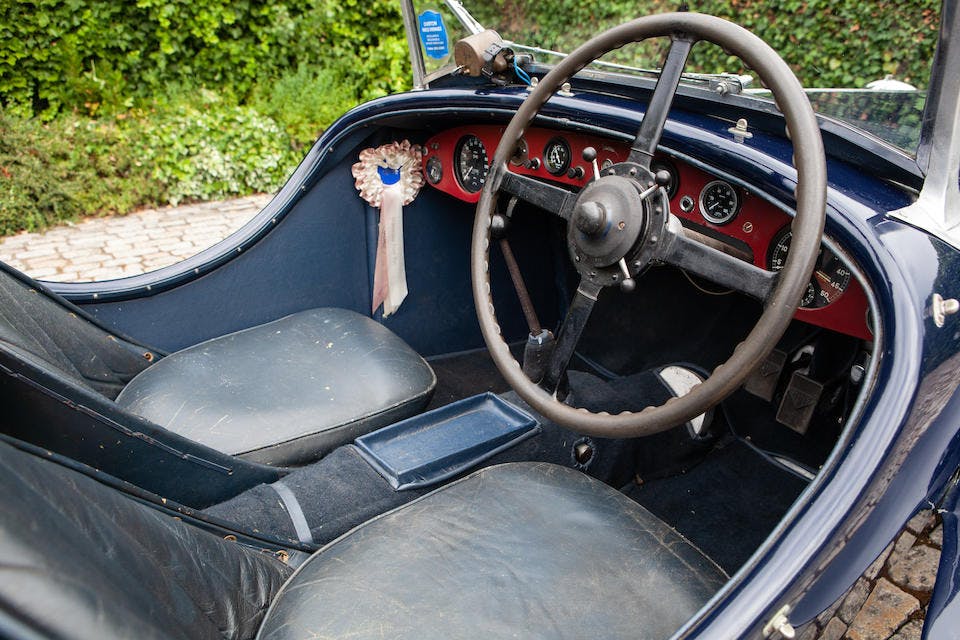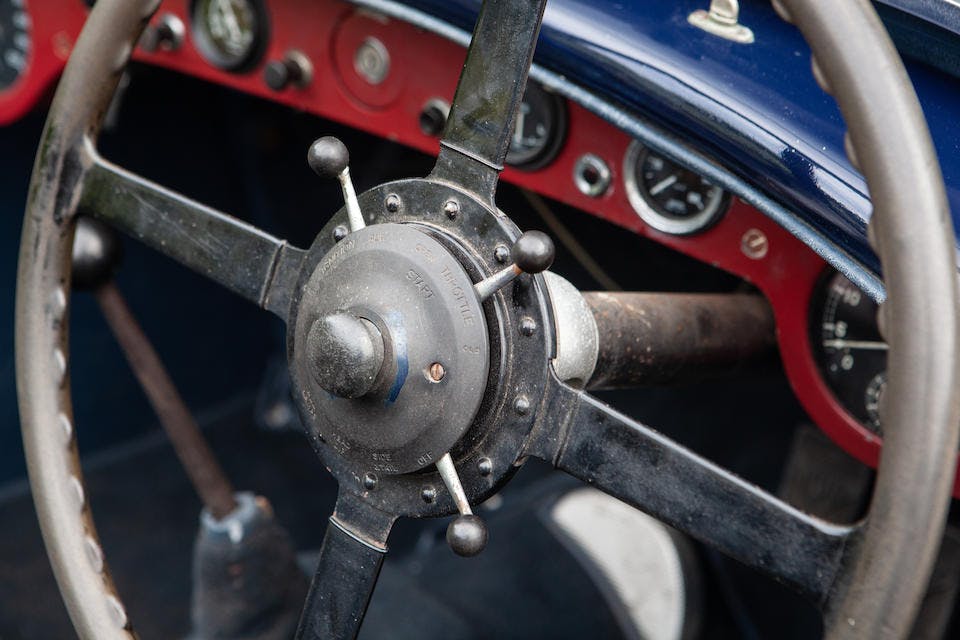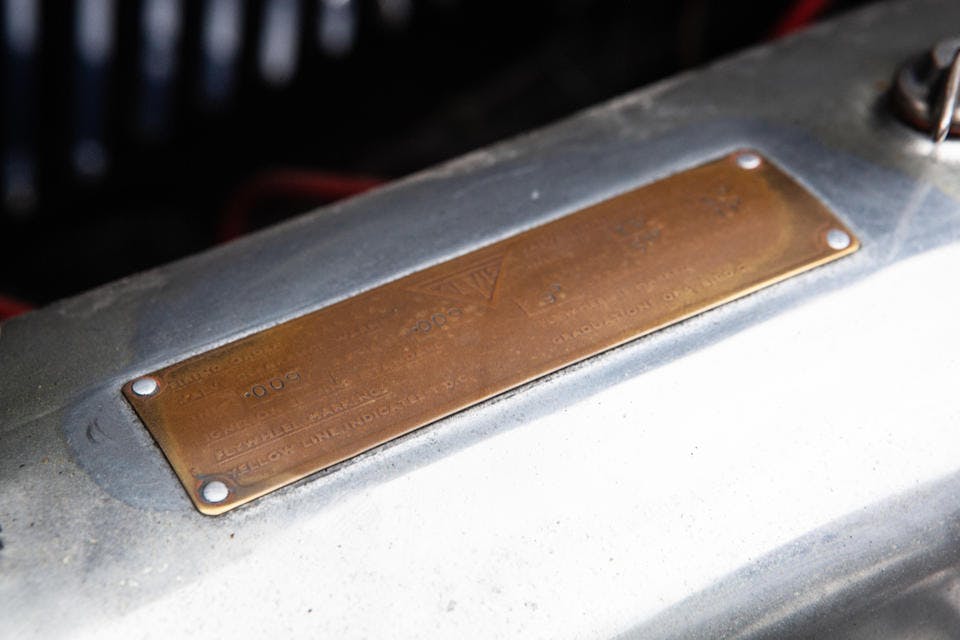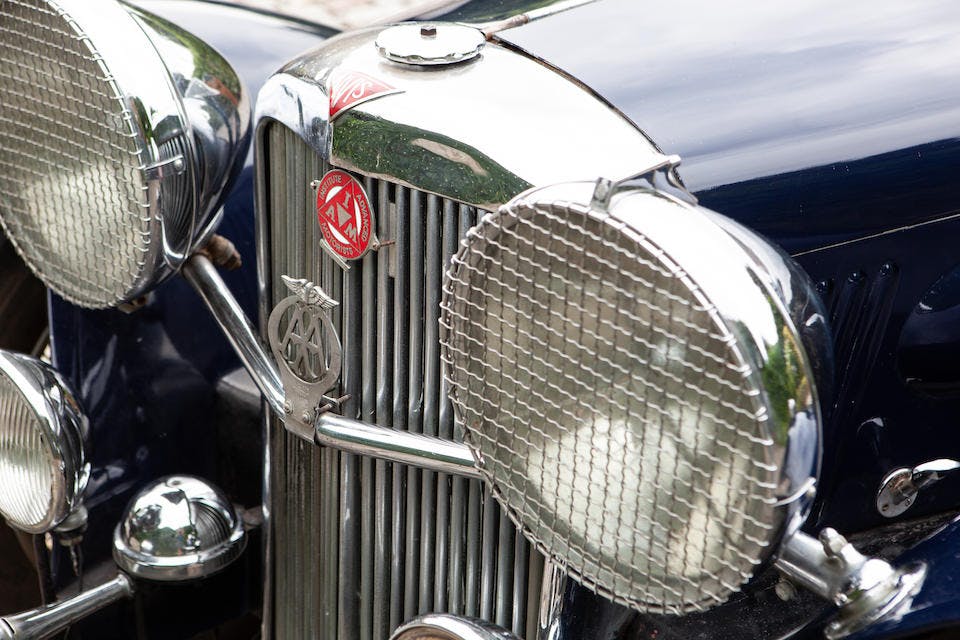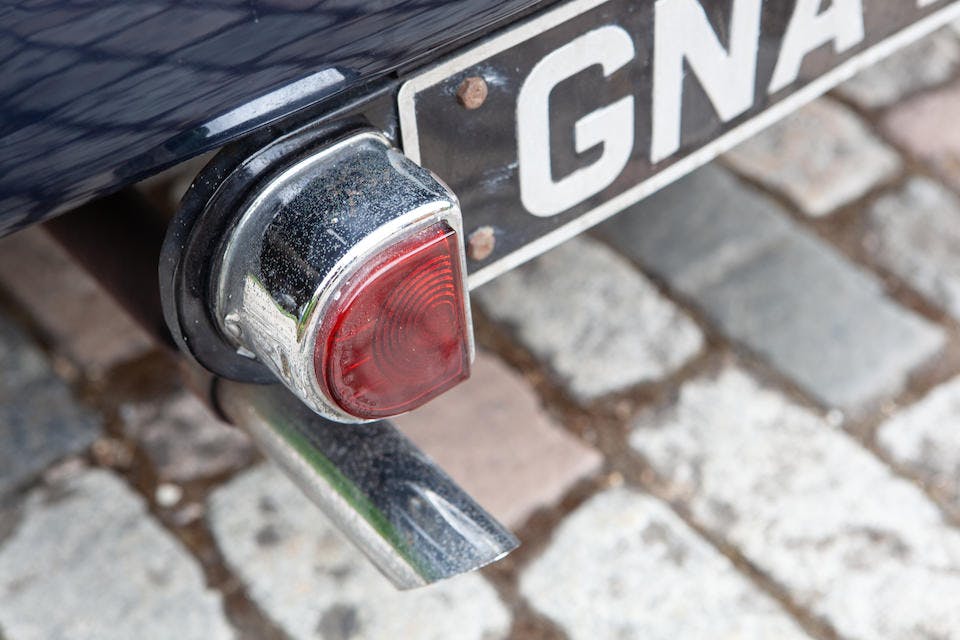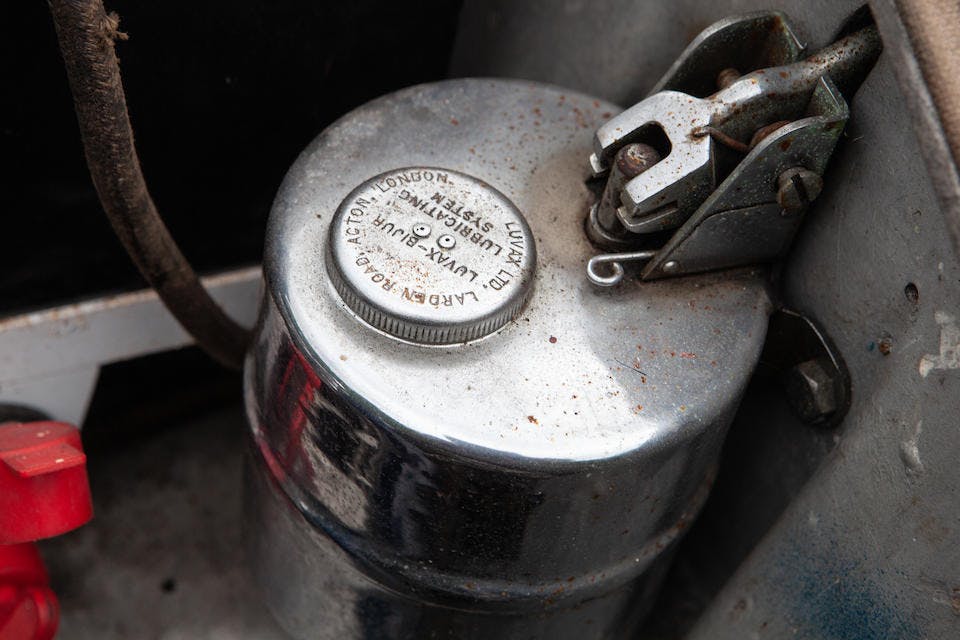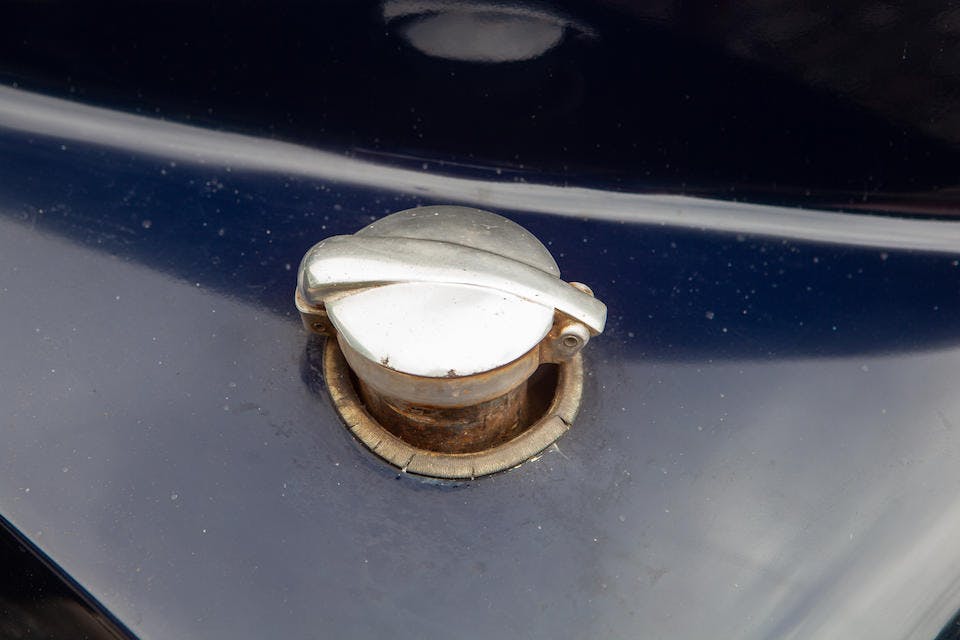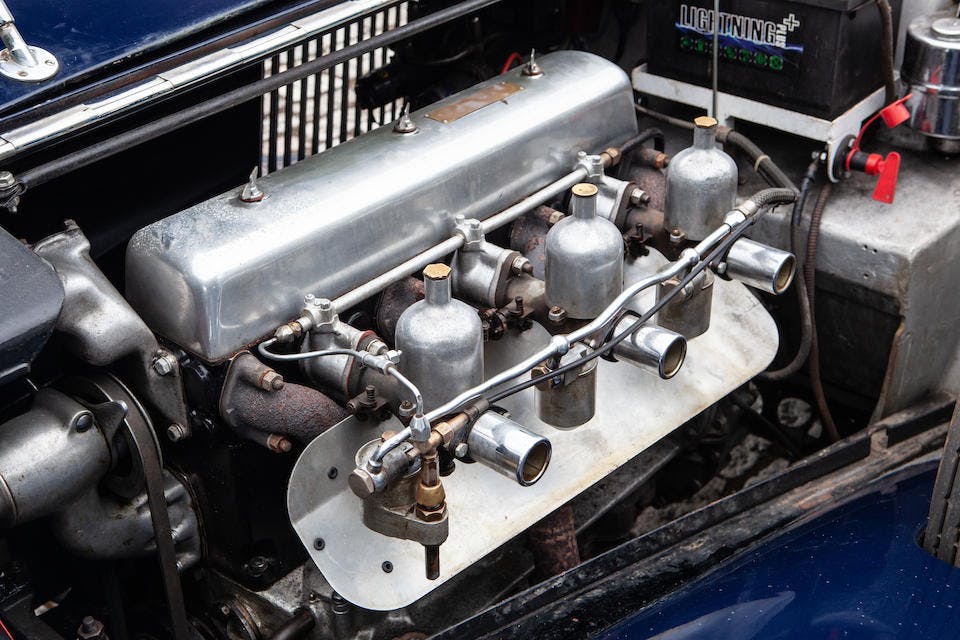Why this rare Alvis Speed 25 is a pre-war star of the Bonhams May auction
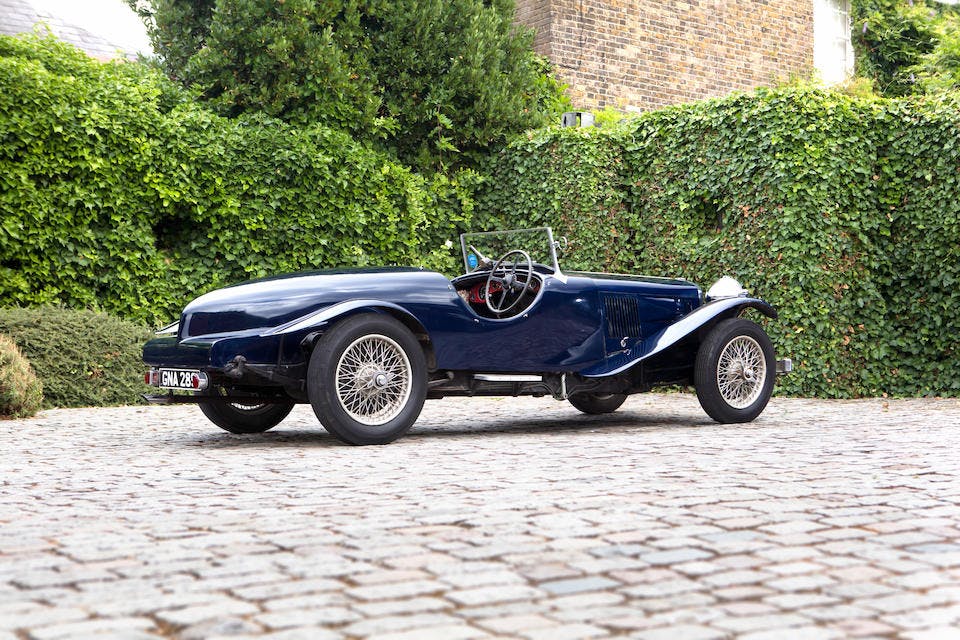
Every now and again in a car enthusiast’s life, there comes a time when you long for something different. A few years ago, I was challenged by The Sunday Times to an extravagant game of Snakes and Ladders that took the form of a year of buying and selling classic cars. The aim was to work my way up the classic car ladder.
At the start of the project, I set myself a rule: I would only buy cars I had not previously owned. It was an amazing experience; I discovered some fantastic models (plus a few shockers) and bought my first Porsche, initiating a love affair that has probably now eclipsed my long-term obsession with Alfa Romeos. There is one itch, though, that has yet to be scratched: I have never owned a pre-war car.
It is not as if I haven’t been tempted. The sound of a 3-Litre Bentley roaring into life in a cold paddock, the mechanical gem that is a Bugatti Type 35 engine, the beauty of the first Aston Martin works 1.5-Litre Le Mans cars— these cars can elicit the most powerful emotions in any motoring enthusiast.
For someone who is used to owning 1970s-and-newer cars, the thought of buying a pre-war car is daunting. The bespoke nature of their construction always made me feel as if I lacked the engineering skills required to keep one on the road. Then there is the cost: Everything I’ve been attracted to has been out of my price range. This week, though, something popped up that may have just piqued my interest: in the May auction at Bicester Heritage, Bonhams is offering a 1939 Alvis Speed Twenty-Five clad in a wonderful body of a design by Rivers Fletcher, originally created for Charles Follet’s use at the 1938 RAC Tourist Trophy.
The Alvis Speed Twenty-Five, and the Twenty that preceded it, were the models that cemented Alvis’s reputation as a manufacturer of high-quality gentlemen’s sports cars. For their time, they were mechanically extremely advanced, with servo-assisted brakes, independent front suspension, a ground-breaking all-synchromesh four-speed gearbox and adjustable hydraulic dampers. With either a 3571-cc or 4387-cc straight-six engine, power wasn’t lacking either: in The Sports Car Pocketbook Bill Boddy noted it “was capable of speeds around the ‘ton’ in open and closed form.”
This particular Speed Twenty-Five has a nice history, too. All pre-war Alvis cars were delivered as a rolling chassis, and this was clad in the standard saloon body by Charlesworth of Coventry. In the mid-1960s, an Alvis dealer purchased the car and decided to create something special. He was aware of a period design created by Rivers Fletcher, a motoring journalist and historian who had started as a Bentley apprentice working under W.O. Bentley alongside Lord Freddie March. The Fletcher design had been intended for a car to be driven by Charles Follett in the 1938 TT, but due to the Munich Crisis, never raced. The reproduction and conversion was completed in 1971, and a few years later it passed to the current owner.
Estimated to sell between $69,000 and 81,000 (£60,000–£80,000) this still isn’t a cheap car, but it’s not in the realm of the Bentleys, Astons, and Bugattis mentioned above. It’s also much less than Twenty-Five Cross and Ellis tourers (which sell up to around the $230K, or £200K, mark) and similar to the cost of a Charlesworth Drophead Coupe. While the latter is undoubtedly elegant, it doesn’t have the sporty feel of the Fletcher design.
Also, there’s the car’s recent history. It was offered at the Bonhams 2018 Beaulieu Sale, where it failed to find a new owner when estimated at $62,000–$77,500 (£80,000 to £100,000). Now, the lower estimate is an extremely tempting proposition and well below what it would cost to buy another saloon and convert it and ready to run with a fresh Ministry of Transportation test (MOT). I may just see if I can make a space in the garage …
